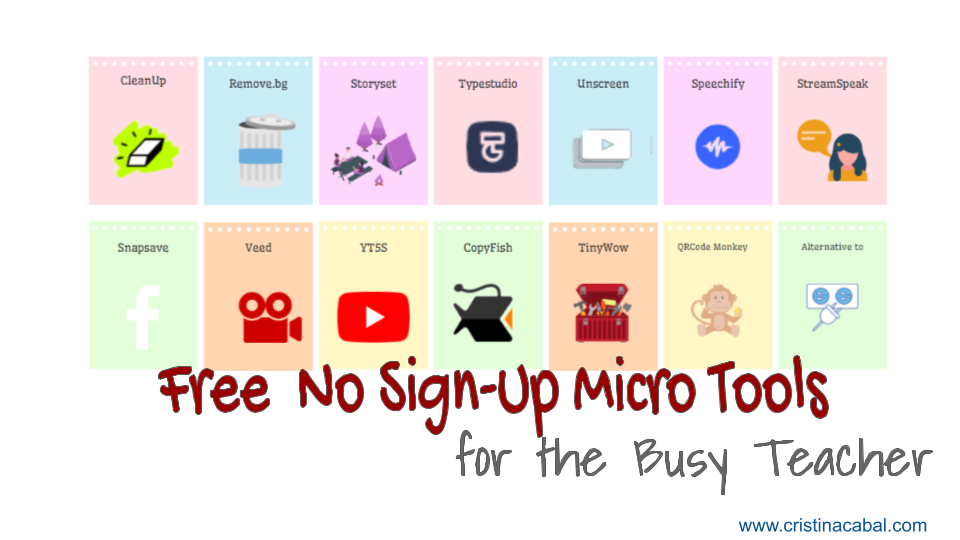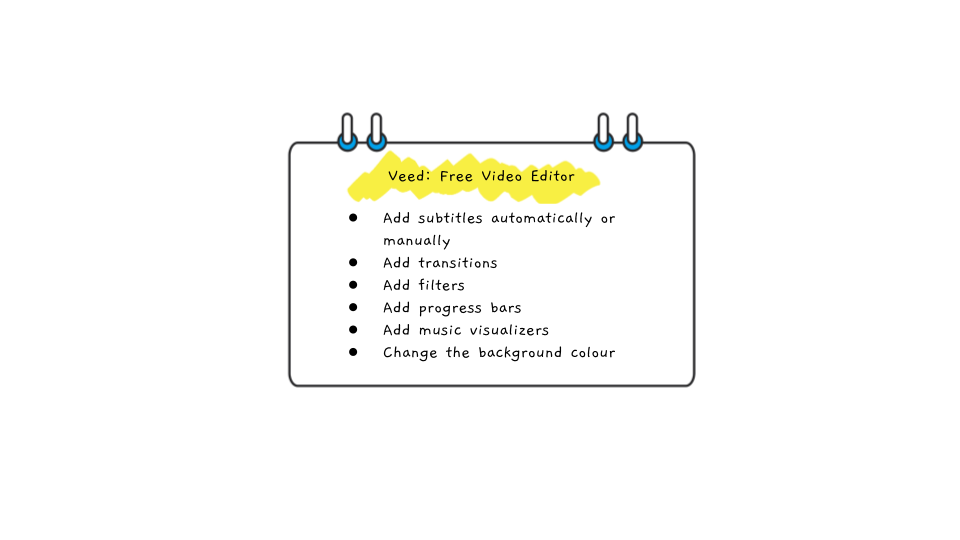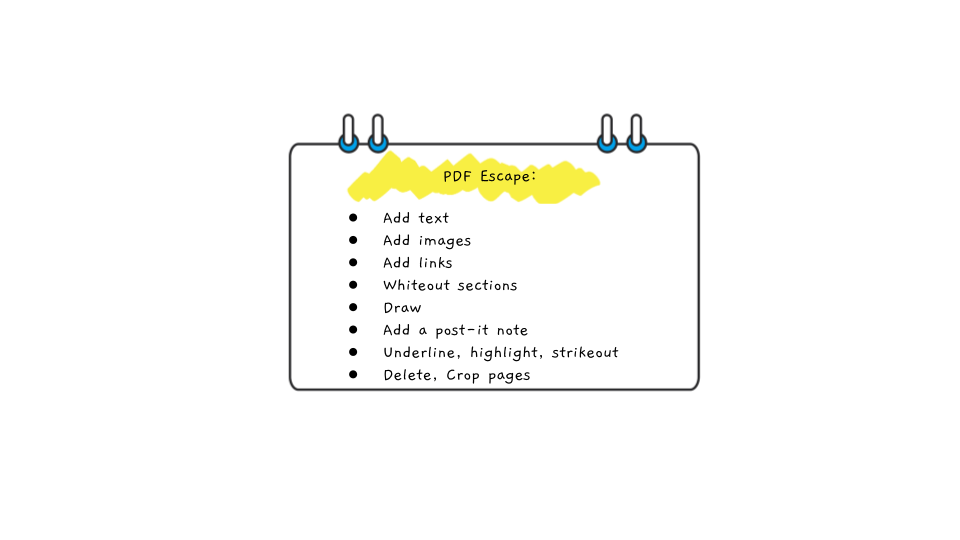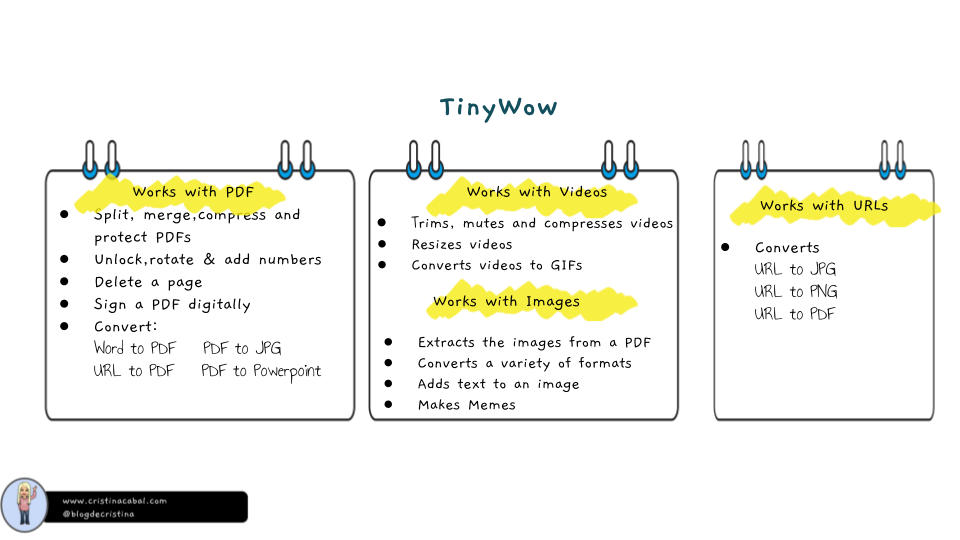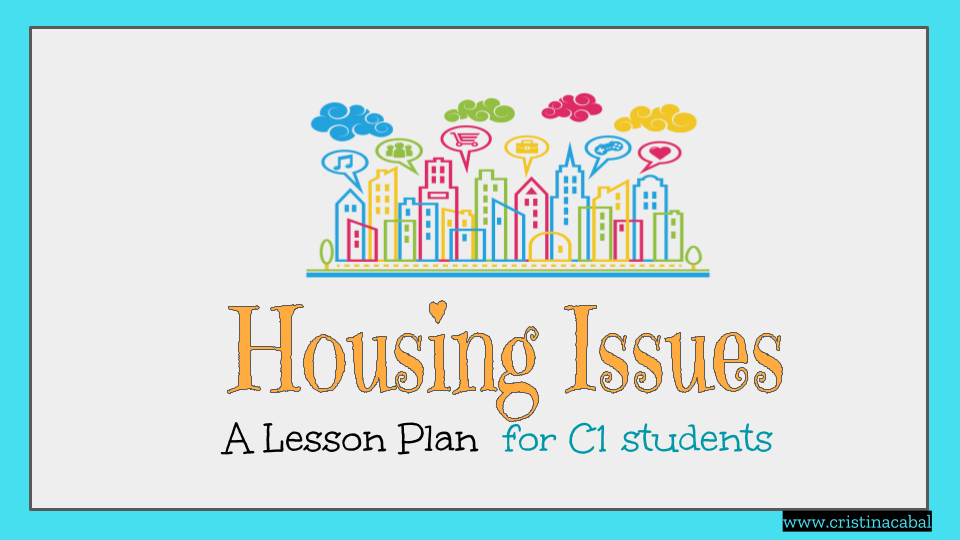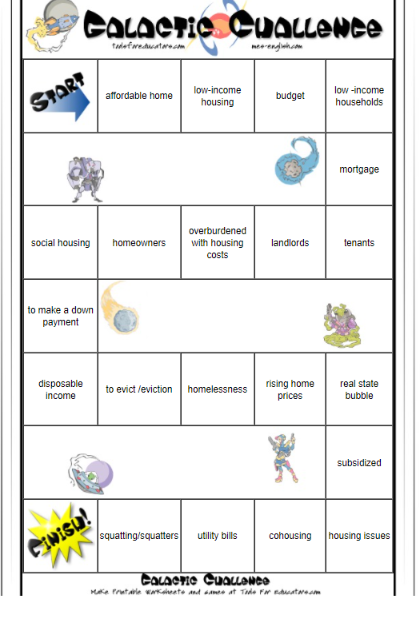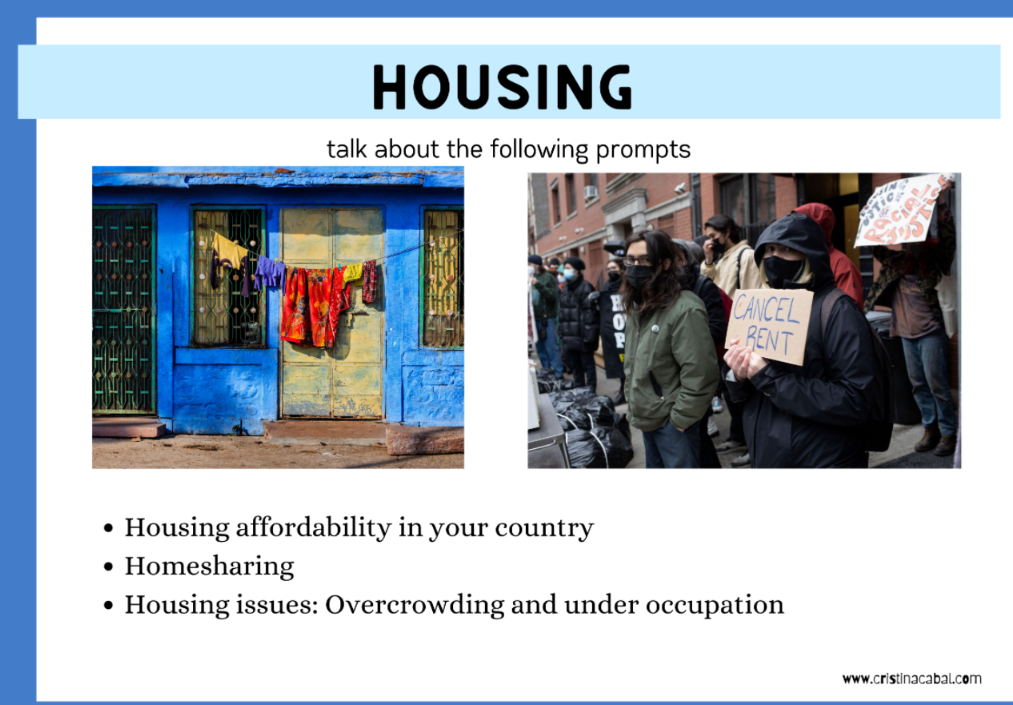If you’re like me, you’ve probably used role-play countless times to get students talking and thinking on their feet. But lately, I’ve found myself wanting to take it up a notch—giving students real-world topics that they’ll actually encounter outside the classroom. So, I created two role-play scenarios that bring today’s workplace debates right to our classroom: remote work vs. in-office and the reduced working week. These topics got my students diving into different perspectives and working hard to persuade each other.
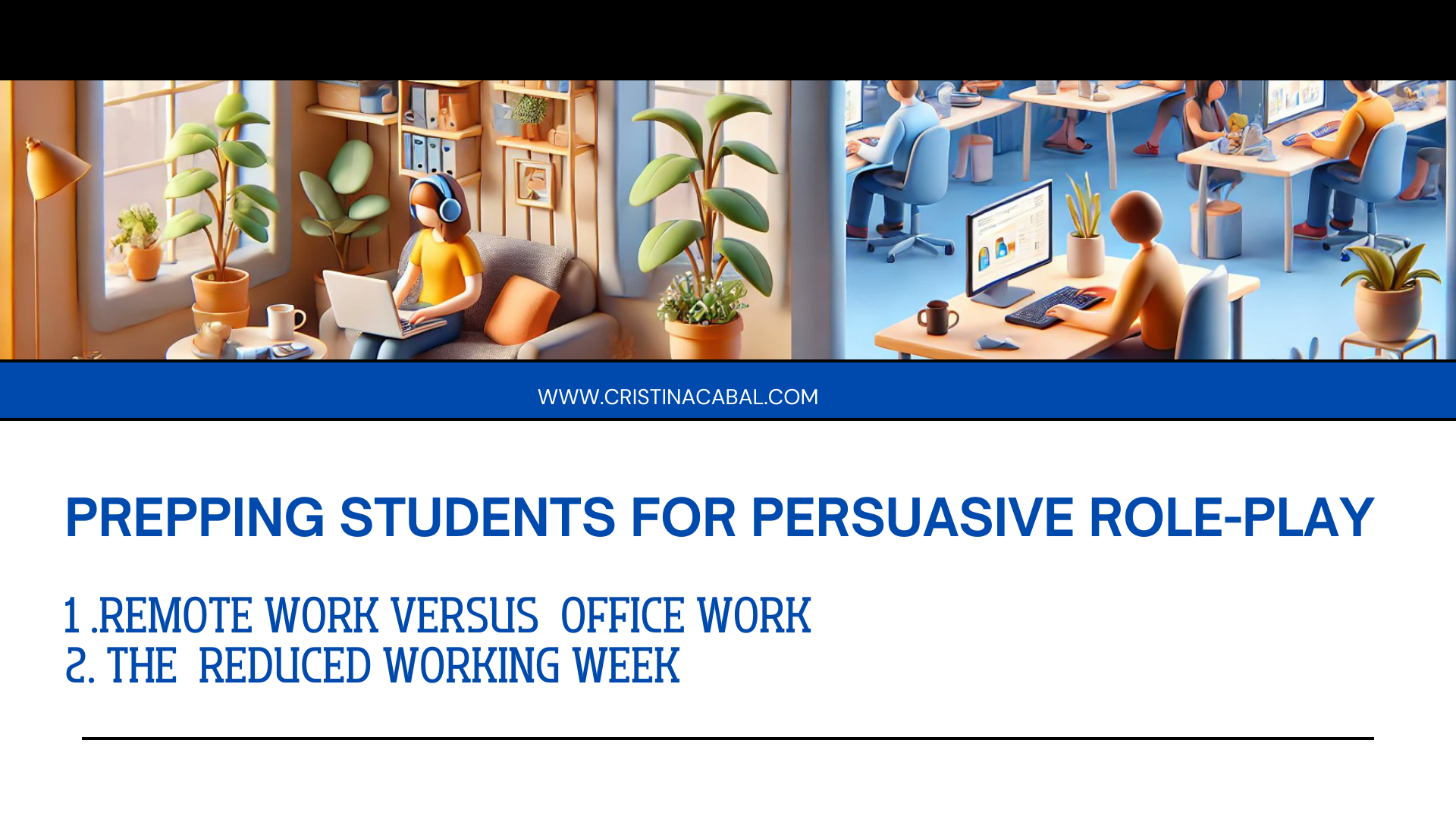
ROLE-PLAY 1: Remote Work vs. In-Office Work Debate
MY PREP APPROACH
- Visuals.First things first—I kicked off the role-play by setting the scene with a quick, visual presentation. There’s nothing like a few eye-catching slides to spark interest. Don’t you agree?
Role-play: working remote vs in person de cristina.cabal
2. The Context. (also in the presentation above)
You and your next-door neighbor, who is also your best friend, have been working at the same company for five years. You carpool and split the costs, which has been convenient, especially with the high price of petrol.
Recently, the company has given employees the option to work from home, only requiring them to come into the office once a month.
3. Help is coming: Ideas. Here’s the PDF .I gave my students a handout laying out key points for each side. Students choose which position they want to argue, but I make sure we have an even split between pro-remote and pro-office advocates.. I encourage them to add their own points to this list to make their argument more personal and compelling.
CHOOSING ROLES AND PREPARING ARGUMENTS
Once they know their stance, students jot down three solid arguments that support their position
ROLE-PLAY AND PERSUASION TIME
Each student has 5 minutes to make their case, present their points, and then attempt to sway the other person.
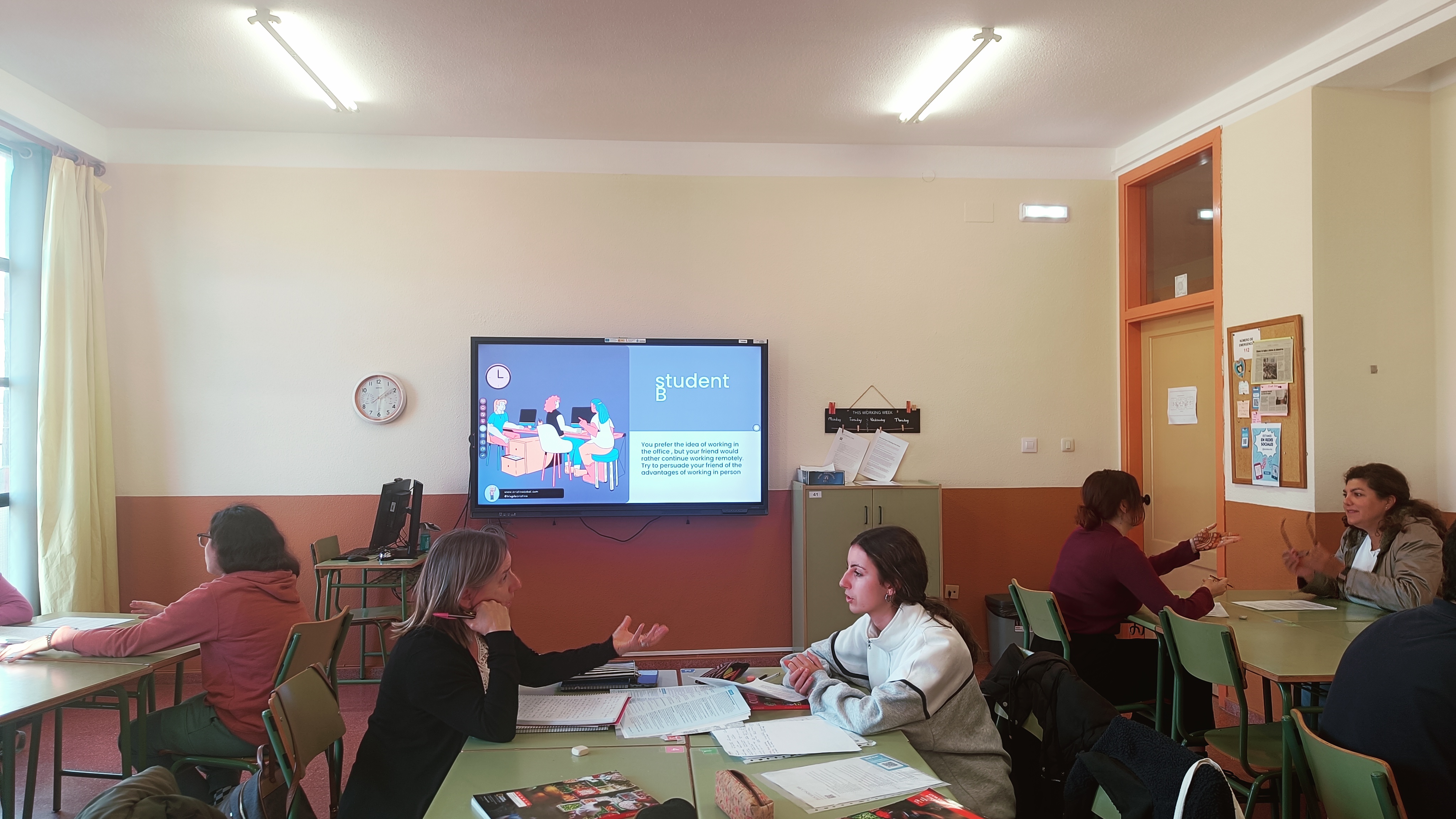
ROLE-PLAY 2: The Reduced Working Week
This second role-play taps into another current trend: the reduced workweek. I wanted students to explore this not only from a productivity standpoint but also from a cultural and economic perspective. The debate centers around proposals to reduce the standard working week in Spain, traditionally from 40 hours to potentially 37.5 or even 32 hours, without reducing wages.
The procedure is just the same as above
MY PREP APPROACH
- Visuals.
Role-play: The reduced working week de cristina.cabal
- Context: (also in the slides above)
It’s lunch break at a mid-sized company in Madrid. You and your colleague are discussing the news about possible changes to the work week while having coffee in the break room.
3. Some Extra Help. Text? No, this time help comes in he form of a video
So this one comes from a short, engaging video made on InVideo, an AI tool that helps you create quick, professional-looking videos. In this case, I found a piece of news in ElPais in English and just pasted it on Invideo. This tool is such a gem because I can tailor the content exactly to what my students need. It’s also great for visual learners who absorb info faster through media.
CHOOSING ROLES AND PREPARING ARGUMENTS
Students watch the video and then pick a side. I ask them to prepare 3-5 key talking points. Here’s where I get them to think critically: How could a shorter workweek boost mental health? What about the potential strain on business operations?
I challenge them to think beyond themselves and consider how this change might impact families, communities, and industries at large.
ROLE-PLAY AND PERSUASION TIME
Each student makes their initial case, and then they respond to counterarguments. It’s a great way for them to see how they need to think on their feet!
EXTRA SPEAKING PRACTICE
To wrap up the class on a high note, a whole-class speaking activity can be a great way to keep the conversation going and let everyone share their thoughts. A few open-ended questions about work culture can get everyone talking and reflecting on what they’ve learned.
Speaking de cristina.cabal



